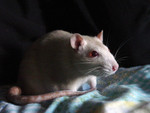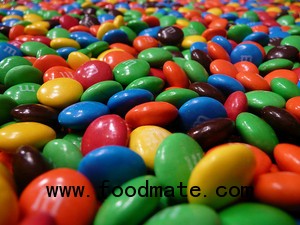
The study, published online in Current Biology, found that the release of this brain chemical caused rats to consume up to 5% of their bodyweight in M&Ms – more than double regular consumption levels.
This equates to a 68kg human consuming around 3.6kg in one hour, researchers wrote; “clearly overriding satiety signals”.
Findings also revealed that the natural release of the brain chemical enkephalin surged when the rats began to eat the M&Ms.
The chemical does not make the rats enjoy chocolate more but rather increases the desire and impulse to eat them, the researchers said.
Thinking about indulgence
“This means that the brain has more extensive systems to make individuals want to overconsume rewards than previously thought,” Alexandra DiFelicantonio, lead researcher of the study, from the University of Michigan said.
Traditionally, this brain area (the neostriatum) has been associated with movement and response, DiFelicantonio said, and these findings reveal a surprising extension of the role this area plays.
“The same brain area we tested here is active when obese people see foods and when drug addicts see drug scenes… It seems likely that our enkephalin findings in rats mean that this neurotransmitter may drive some forms of overconsumption and addiction in people,” she added.
Just chocolate treats...

Findings showed that the increase in enkaphalin levels was not a result of the active movements involved in eating. Levels were measured during body grooming, the gnawing of plastic or wood objects and walking and no change was measured.
“Therefore, it appears that enkephalin increased specifically with onset of the reward experience of eating palatable chocolates, remained elevated during eating, and declined soon after,”researchers wrote.
The speed of consumption also directly correlated with the amount of enkephalin released, they added.
“The faster a rat started eating, the higher its relative increase in enkephalin levels.”
“Faster speed to eat supports the hypotheses that mu opioid receptor stimulation in this neostriatum region provides a command to ‘eat now’ as well as to ‘eat more’,” researchers said.





